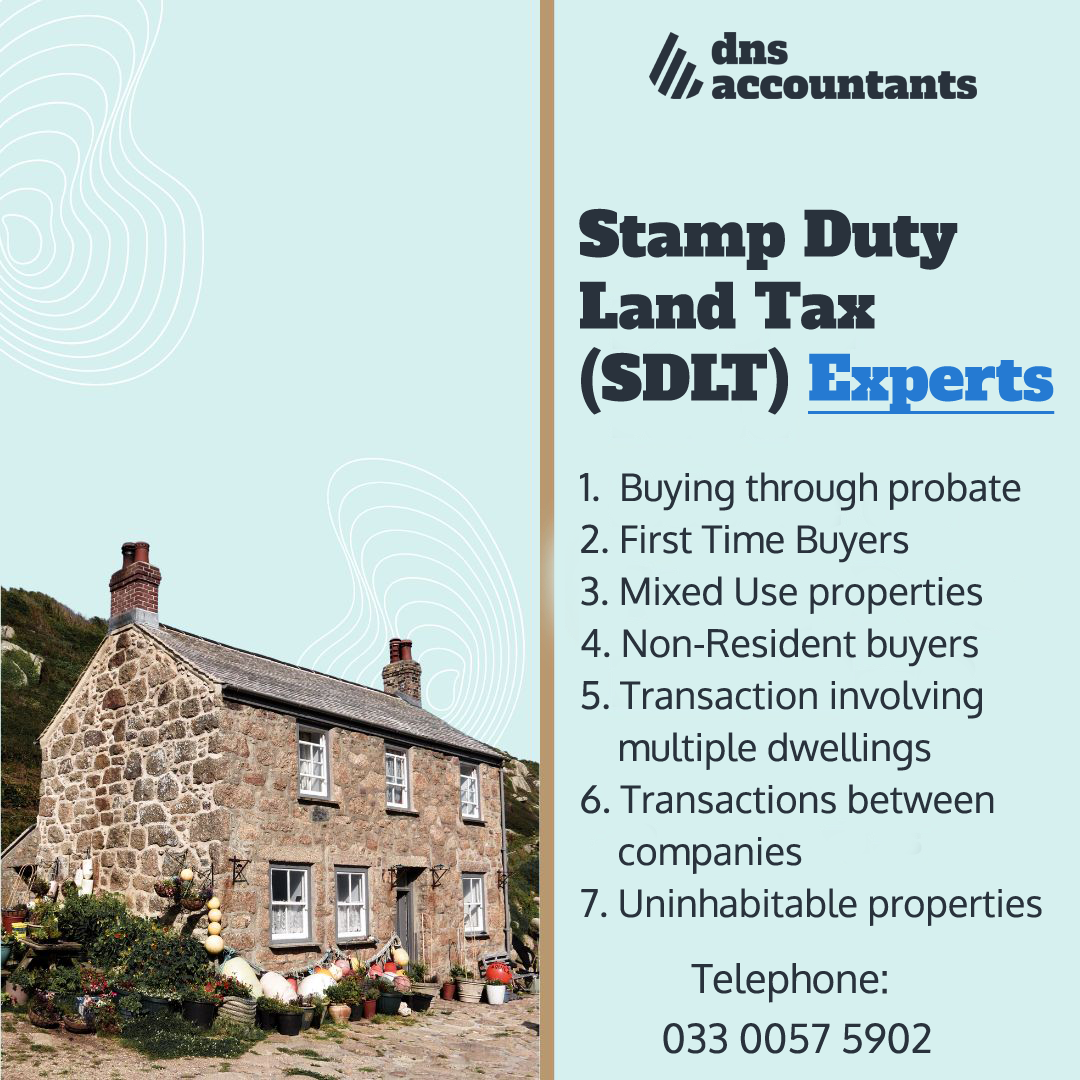Property Developer Stamp Duty Land Tax (SDLT) Refund
Stamp Duty Land Tax (SDLT) rates for property developers differ based on the classification of the property as either residential or non-residential. The applicable SDLT rates are determined accordingly, and the financial implications can be substantial. Residential properties attract varying SDLT rates based on their purchase price, with higher rates applicable for properties exceeding certain thresholds. Non-residential properties, on the other hand, have a different SDLT structure based on the portions of the property price falling within different bands. It is crucial for property developers to be aware of these SDLT rates and thresholds to accurately calculate and plan for the potential tax liabilities involved in their projects.
Referred to as the SDLT or Stamp Duty Land Tax, it is a tax paid by buyers of land or a property based on the property’s value. It is a self-assessed tax introduced as a replacement to the old Stamp Duty Tax in 2003. This tax law has been one of the most amended legislation in the UK.
 5 based on 800 reviews
5 based on 800 reviews
































